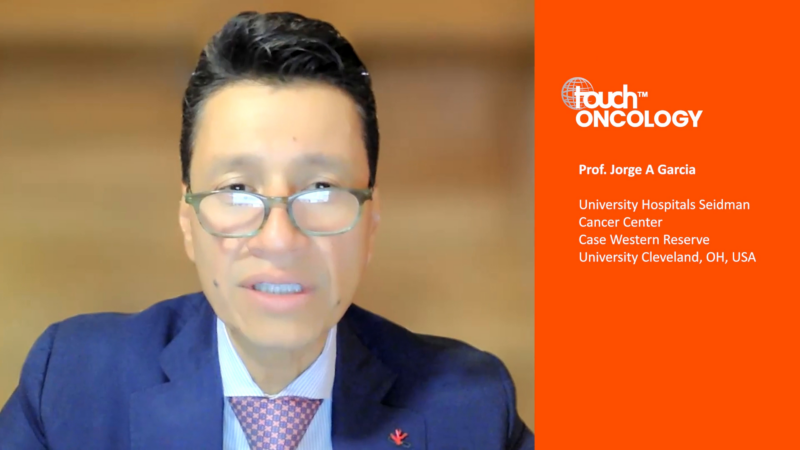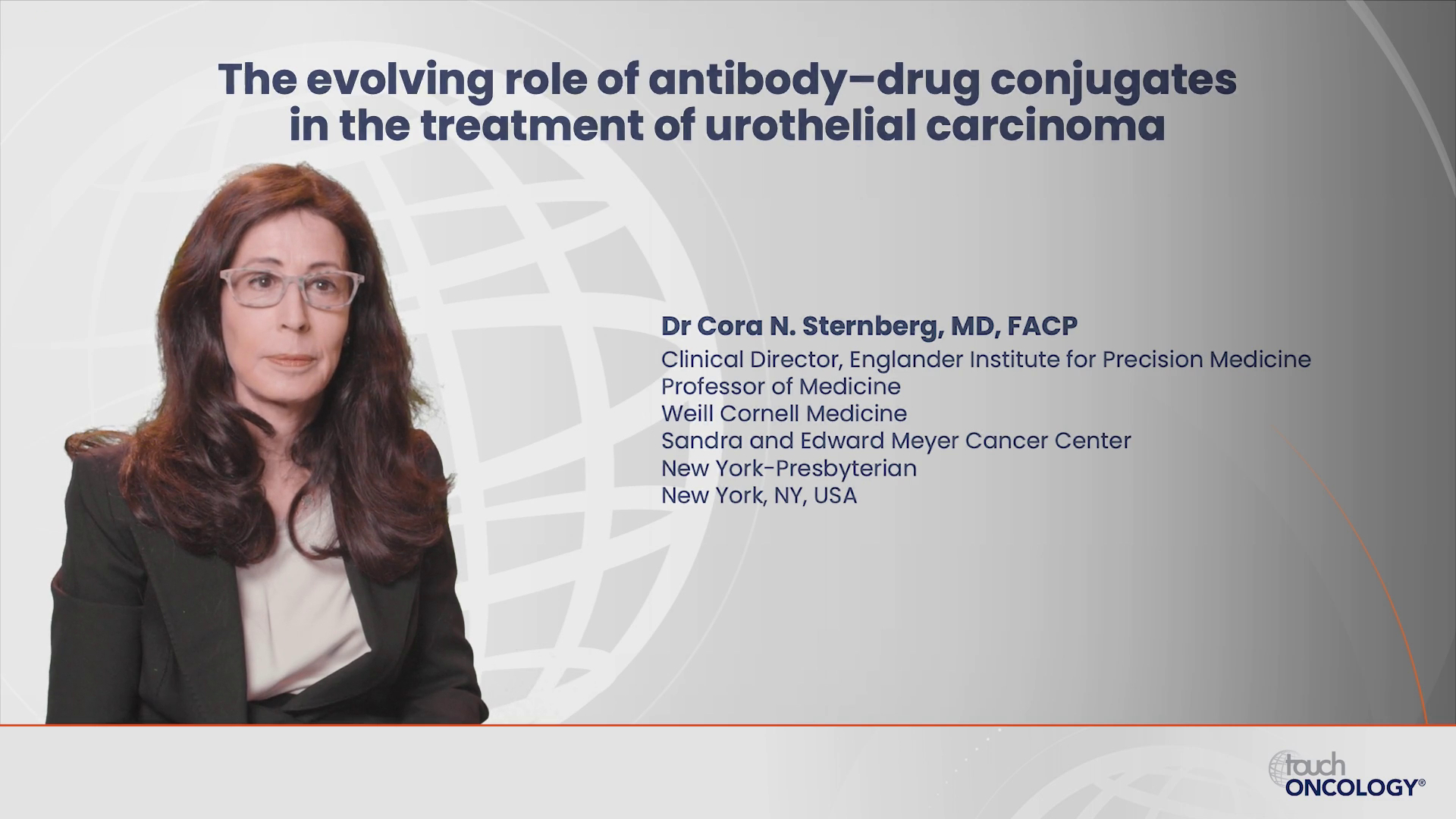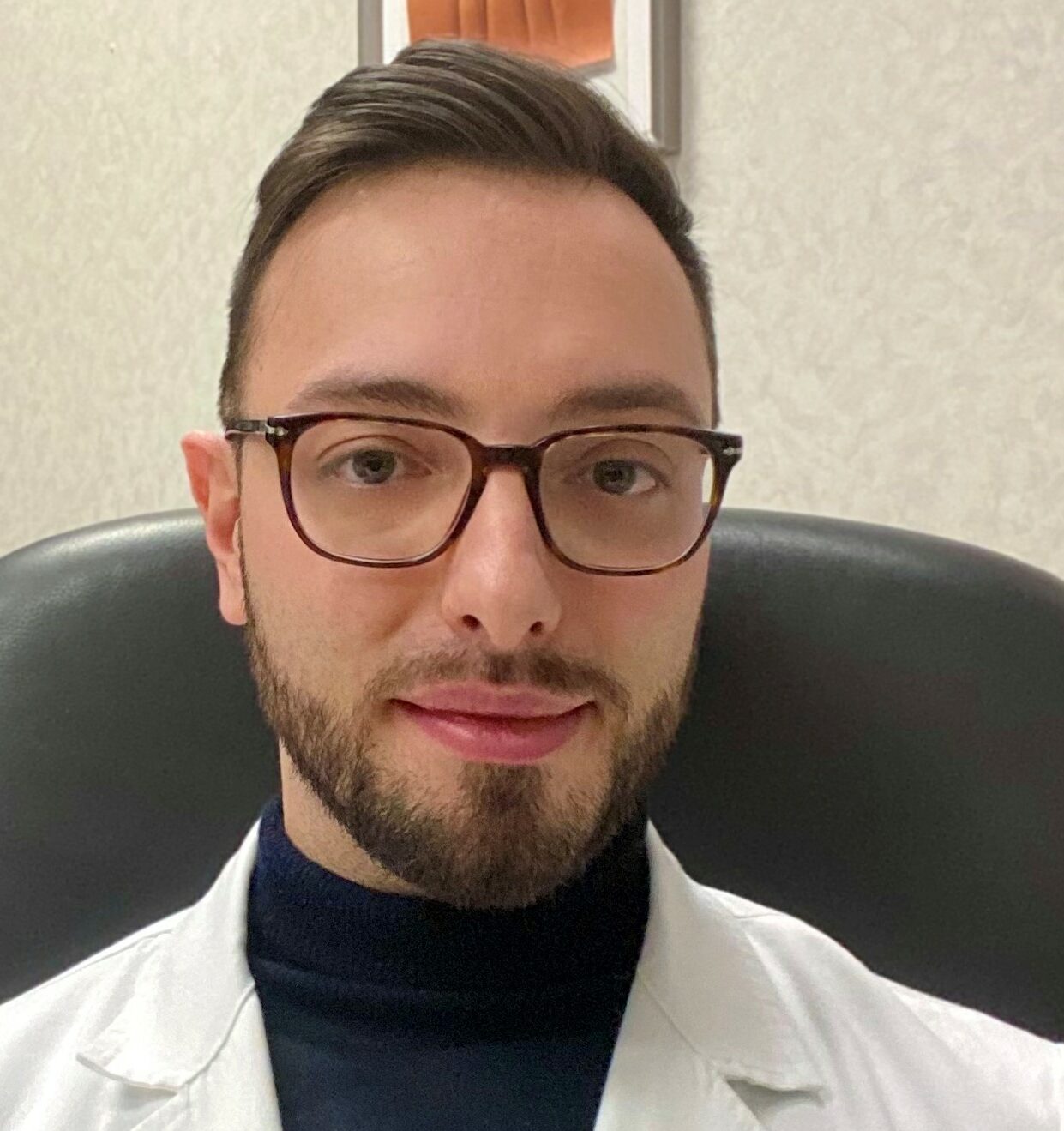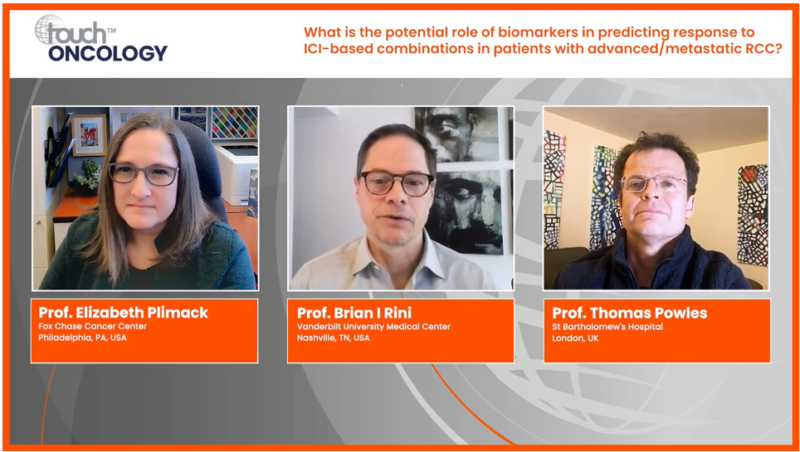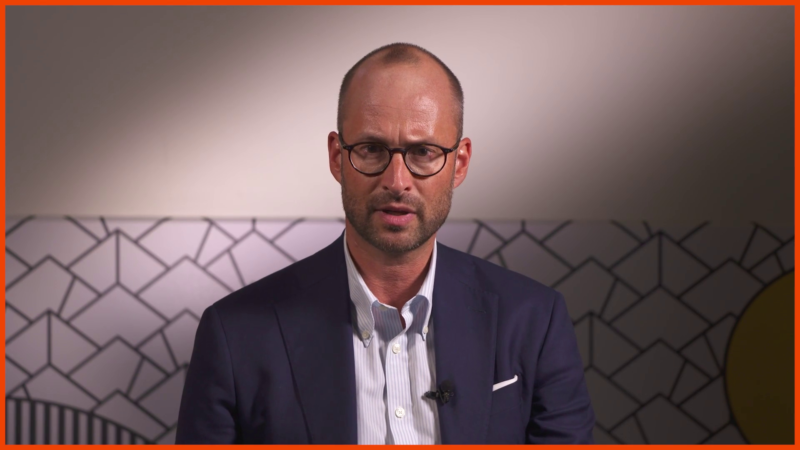Tutorial
This icon indicates there is a poll question. Click it when you see it to interact with your peers.
Tutorial
This icon indicates there is a poll question. Click it when you see it to interact with your peers.
Tutorial
This icon indicates there is a poll question. Click it when you see it to interact with your peers.
touchCONGRESS
 Our faculty interpret key data from the congress, complimented by an expert panel discussing what has been presented.
Close
Our faculty interpret key data from the congress, complimented by an expert panel discussing what has been presented.
Close
 Our faculty interpret key data from the congress, complimented by an expert panel discussing what has been presented.
Close
Our faculty interpret key data from the congress, complimented by an expert panel discussing what has been presented.
Close
PSMA-targeted radiopharmaceuticals: An evolving approach to prostate cancer management
Learning Objectives
After watching this activity, participants should be better able to:
- Describe potential strategies to refine selection of patients with advanced prostate cancer for treatment with PSMA-targeting radiopharmaceuticals
- Outline how the latest data for PSMA-targeting radiopharmaceuticals may impact the timing of their use in patients with advanced prostate cancer
- Analyse the latest data on radiopharmaceuticals in advanced prostate cancer, including combination strategies and novel agents in clinical development
Overview
In this activity, the key data on the use of prostate-specific membrane antigen-targeted radiopharmaceuticals in prostate cancer presented at ESMO 2023 will be reviewed by three experts in prostate cancer. These experts will discuss the potential implications of these data on clinical practice.
This activity was filmed following the ESMO 2023 Congress (Madrid, Spain, 20–24 October 2023).
This activity is jointly provided by USF Health and touchIME. read more
Target Audience
This activity has been designed to meet the educational needs of oncologists, prostate cancer specialists, urologists and radiation oncologists involved in the management of prostate cancer.
Disclosures
USF Health adheres to the Standards for Integrity and Independence in Accredited Continuing Education. All individuals in a position to influence content have disclosed to USF Health any financial relationship with an ineligible organization. USF Health has reviewed and mitigated all relevant financial relationships related to the content of the activity. The relevant relationships are listed below. All individuals not listed have no relevant financial relationships.
Faculty
Prof. Oliver Sartor discloses: Advisory board or panel fees from ArtBio, Clarity, Convergent and NorthStar. Consultant fees from Advanced Accelerator Applications, a Novartis company, Amgen, ArtBio, Astellas, AstraZeneca, Bayer, Blue Earth Diagnostics, Clarity, Convergent, EMD Serono, Fusion, Genzyme, Hengrui, Isotopen Technologien München, Janssen, Merck, Myovant, Myriad, Noria Therapeutics, NorthStar, Novartis, Point BioPharma, Pfizer, Ratio Therapeutics, Sanofi, Telix and Theragnostics. Grants/research support from Advanced Accelerator Applications, a Novartis company, Amgen, AstraZeneca, Bayer, Invitae, Janssen, Lantheus, Merck and Sanofi. Stock/shareholder (self-managed) AbbVie, ArtBio, Cardinal Health, Convergent, Eli Lilly, Fusion Pharmaceuticals, Point Biopharma, Ratio Therapeutics, Rayze, Telix and United Health Group.
Prof. Francesco Ceci discloses: Advisory board or panel fees from Novartis and Telix (relationships terminated). Consultant fees from Curium and Novartis (relationships terminated). Other financial or material support from Bayer, Curium, Janssen Oncology, Novartis, Radmetrix and Telix (relationships terminated).
Dr Heather Jacene discloses: Advisory board or panel fees from Spectrum Dynamics Medical Ltd. Consultant fees from Blue Earth Diagnostics. Grant/research support fees from GTx and Siemens.
Content Reviewer
Alicia Ann Canalejo, MSN, ARNP-C has no financial interests/relationships or affiliations in relation to this activity.
Touch Medical Contributors
Kathy Day has no financial interests/relationships or affiliations in relation to this activity.
USF Health Office of Continuing Professional Development and touchIME staff have no financial interests/relationships or affiliations in relation to this activity.
Requirements for Successful Completion
In order to receive credit for this activity, participants must review the content and complete the post-test and evaluation form. Statements of credit are awarded upon successful completion of the post-test and evaluation form.
If you have questions regarding credit please contact cpdsupport@usf.edu.
Accreditations
Physicians
This activity has been planned and implemented in accordance with the accreditation requirements and policies of the Accreditation Council for Continuing Medical Education (ACCME) through a joint providership of USF Health and touchIME. USF Health is accredited by the ACCME to provide continuing medical education for physicians.
USF Health designates this enduring material for a maximum of 1.0 AMA PRA Category 1 CreditTM. Physicians should claim only the credit commensurate with the extent of their participation in the activity.
The European Union of Medical Specialists (UEMS) – European Accreditation Council for Continuing Medical Education (EACCME) has an agreement of mutual recognition of continuing medical education (CME) credit with the American Medical Association (AMA). European physicians interested in converting AMA PRA Category 1 CreditTM into European CME credit (ECMEC) should contact the UEMS (www.uems.eu).
Advanced Practice Providers
Physician Assistants may claim a maximum of 1.0 Category 1 credits for completing this activity. NCCPA accepts AMA PRA Category 1 CreditTM from organizations accredited by ACCME or a recognized state medical society.
The AANPCP accepts certificates of participation for educational activities approved for AMA PRA Category 1 CreditTM by ACCME-accredited providers. APRNs who participate will receive a certificate of completion commensurate with the extent of their participation.
Date of original release: 27 November 2023. Date credits expire: 27 November 2024.
If you have any questions regarding credit please contact cpdsupport@usf.edu.
To obtain the credit(s) from this activity, please complete this post-activity test.
Claim CreditCourse Modules
You may also be interested in...

REGISTER NOW FOR FREE ACCESS TO
- 1000+ topical and insightful peer-reviewed journal articles
- 100+ hours of bite-sized congress highlights
- 9 major therapy areas packed with the latest scientific advances
- 150+ specialties offering learn-on-the-go medical education
- + Concise email updates and newsletters so you never miss out








